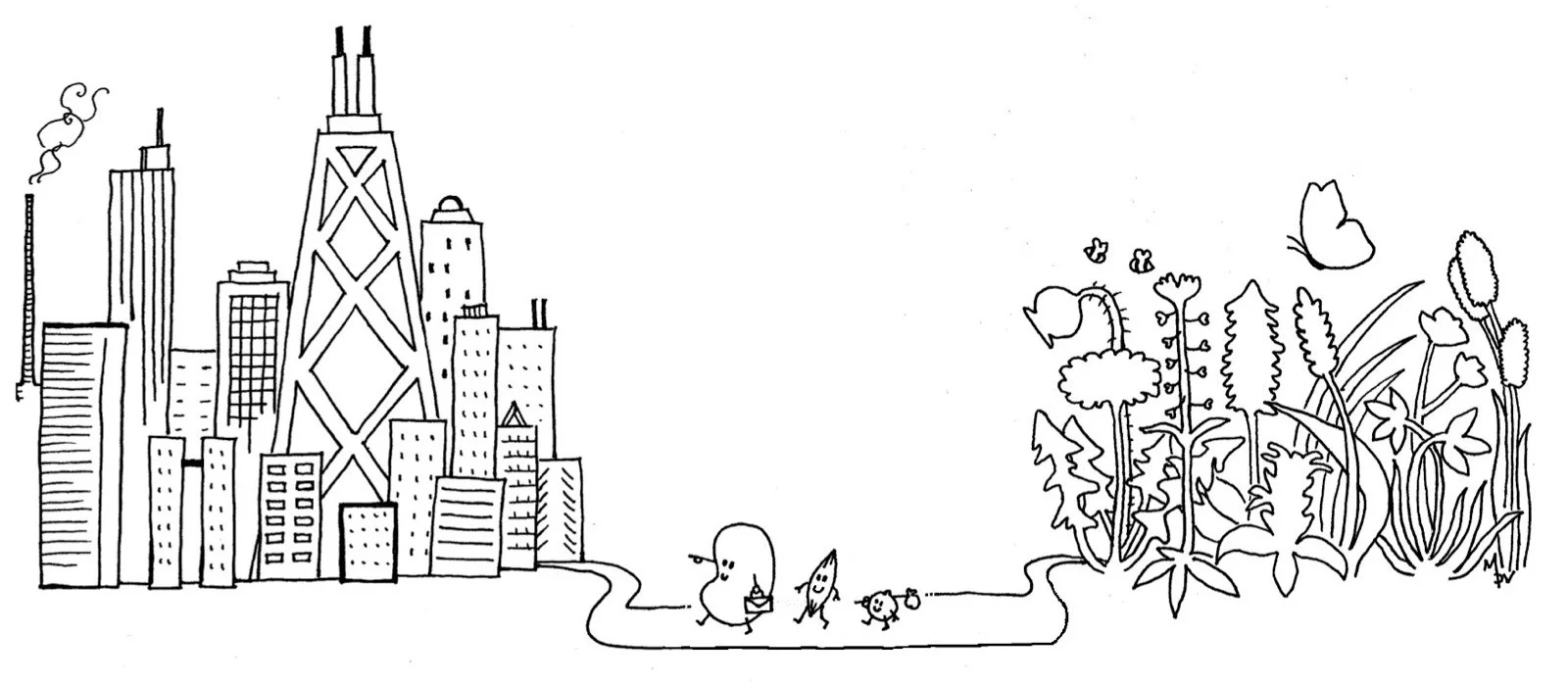Experiences of restoration in urban ecosystems
By Marcello De Vitis
When we think about seed-based restoration, we usually refer to rehabilitation of large degraded patches of land to bring them back to the original natural or semi-natural state.
Rarely do we think about restoration activities integrated into the urban environment, with its patchwork of remnant ecosystems, designed parkland and utilitarian green infrastructure. The benefits of green urban areas are many, ranging from combating the urban heat island phenomenon to providing shelter for humans and wildlife. The choice of using native plants in these ecosystems may result in lower maintenance costs and help prevent a further spread of alien plants to surrounding rural and natural areas. In addition, the use of locally-sourced, genetically appropriate native flora to enhance remnant ecosystems adds to the biodiversity and resiliency of those ecosystems. However, local native flora can be noticeably absent in urban ecosystems: when designing urban parks and flower beds, a horticultural approach is often chosen and the aesthetic and recreational values are mostly taken into account rather than the ecological one.
In the coming weeks, we will share interesting examples of facilities, projects and companies dedicated to the use of native seeds in urban greening and urban park restoration.
- The Greenbelt Native Plant Center of the New York City Parks and Recreation Department
